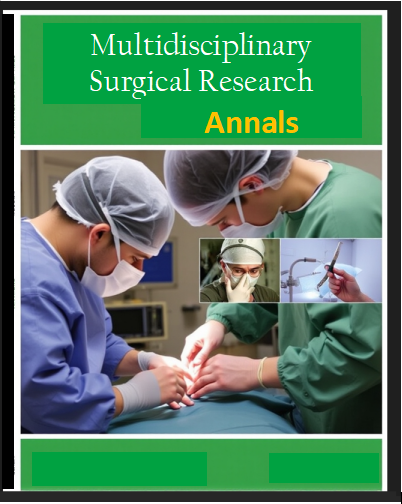Epideomology And Risk Factor Of Soil Transmitted Helminths In Children And Adults In Distrct Mardan
DOI:
https://doi.org/10.62019/9vmw6w12Abstract
Soil-transmitted helminths (STHs), including Ascaris lumbricoides, Trichuris trichiura, and Ancylostoma duodenale, are parasitic nematodes that infect humans through contaminated soil. Poor sanitation and lack of clean water contribute to infections, which can impair immunity, cause anemia, and hinder physical and cognitive development, especially in children. To determine the prevalence of STH infections in children and adults in Mardan and identify associated risk factors. A total of 600 fecal samples (300 from children, 300 from adults) were collected through convenience sampling and analyzed for helminth eggs/larvae using direct wet mount, flotation, sedimentation, and modified formal-ether sedimentation techniques. A total of 600 patients were examined for soil transmitted helminthes. Out of 600 patients, 300 stool samples were collected children’s while 300 from adults. Out of 300 stool samples of children, one hundred and twenty nine (129/300, 43%) children were found positive for soil-transmitted helminthes. Out of 129 fecal samples from children, the highest prevalence of Ascaris lumbricoides (92/129, 30%) followed by Trichuris trichura ( 24/129, 8%) while lowest prevalence of Ancylostoma duedenale ( 13/129,4%) was observed. In adults 152 out of 300 samples were found positive where the highest species wise prevalence of Ascaris lumbricoides (Ascaris)( 110/152, 36%), was recorded followed by Trichuris trichura( whipworms) ( 35/152 ,11%) while the lowest Ancylostoma duedenale (hookworms) (13/152, 4%) ) was observed respectivel. STH infections remain a significant public health concern. Large-scale deworming, improved hygiene practices, and school-based interventions are essential for effective control and prevention.
Key words: Diarrhoea, Trophozoites, Prevalence, Endoparasites, trophozoite, Smear, Ascaris lumbricoides, Trichuris trichiura, hookworm.





